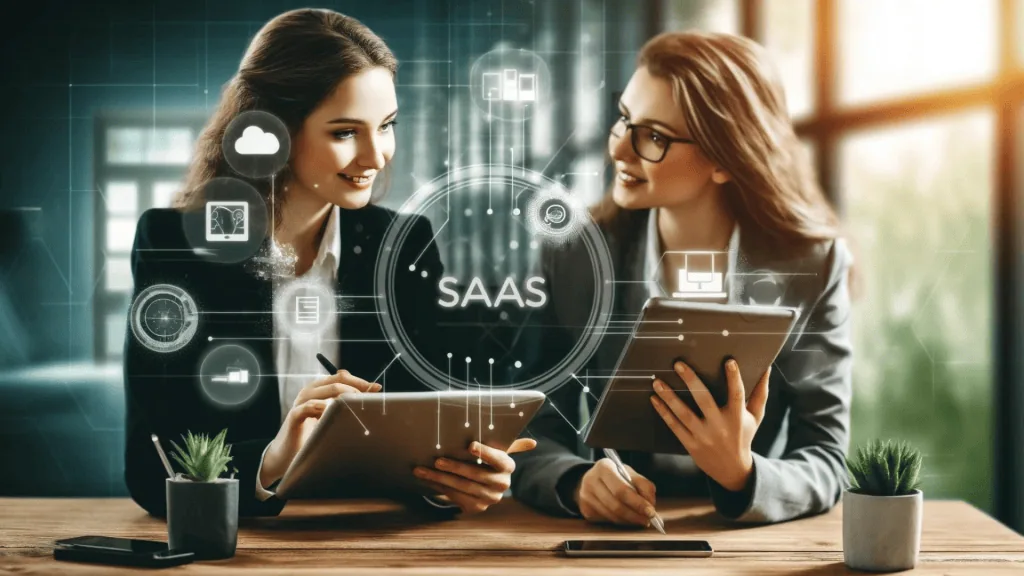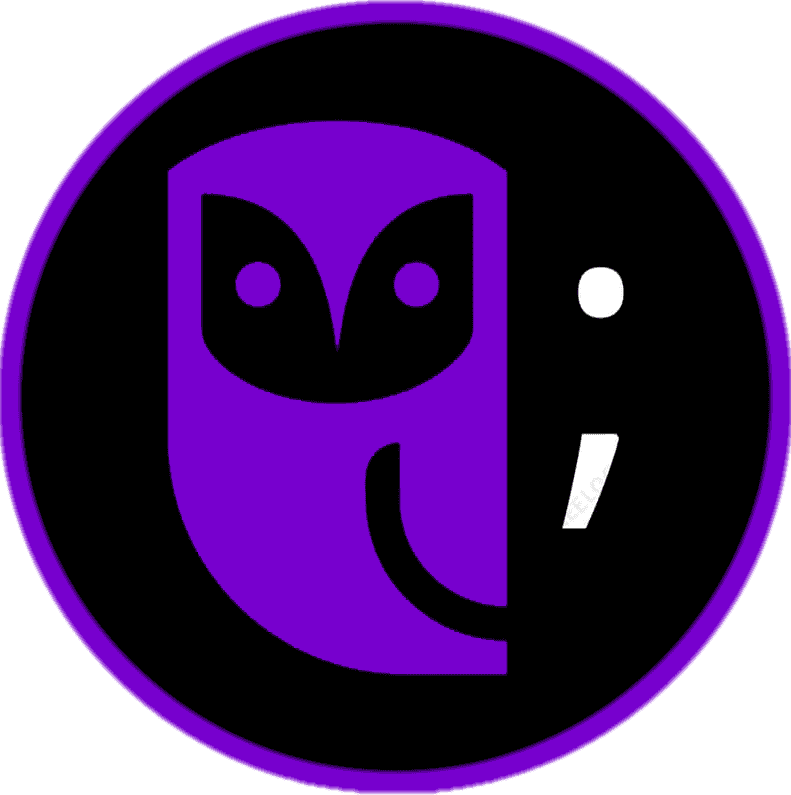SaaS Vs Traditional Software Comparison
Reading time: 6 minutes
Table of Contents
The decision between adopting Software as a Service (SaaS) and traditional software is crucial for businesses seeking efficient, cost-effective solutions. As technology evolves, organizations must weigh the advantages and limitations of each model to determine the best approach for their needs. This comprehensive guide will explore key aspects of SaaS vs traditional software, considering factors such as cost structure, deployment, scalability, security, and maintenance.
Additionally, we will discuss the significance of SaaS architecture, enterprise SaaS, and software on demand, along with the role of SERanking and Elementor in modern business solutions. SERanking is a powerful SaaS-based SEO tool that helps businesses improve their search engine rankings, while Elementor is a widely used SaaS website builder that enables users to create stunning web pages without coding.
These tools showcase how SaaS solutions drive innovation and efficiency for businesses worldwide. By the end of this article, you will have a well-rounded understanding of the benefits and potential drawbacks of each model, helping you make an informed decision.
Image Suggestion: A comparison chart illustrating the key differences between SaaS and traditional software.
The Role of SaaS in Modern Businesses
SaaS has transformed the way companies operate by offering cloud-based solutions that enhance productivity, efficiency, and accessibility. Platforms like SERanking and Elementor allow businesses to leverage cloud computing without the burden of managing on-premise infrastructure. SERanking provides an all-in-one SEO solution that integrates keyword tracking, competitor analysis, and website audits, making it an essential tool for digital marketers. On the other hand, Elementor has revolutionized website design by providing a user-friendly drag-and-drop interface that empowers non-developers to create professional websites quickly.
Businesses across industries—from small startups to large enterprises—are embracing SaaS to optimize operations. Enterprise SaaS solutions streamline workflows, facilitate team collaboration, and enhance data security. By integrating software on demand, companies can scale their operations efficiently and remain competitive in the digital age. Companies that integrate SERanking into their digital marketing strategies can leverage data-driven insights to optimize their online presence, while businesses that use Elementor can create high-converting websites with minimal effort.
As businesses continue to digitalize, SaaS platforms become indispensable. Whether companies require solutions for human resources, customer relationship management, or e-commerce, SaaS provides a cost-effective and scalable approach. Many organizations are now streamlining operations and automating tasks with CRM software, allowing teams to boost efficiency while enhancing customer engagement.
Cost Structure: A Key Differentiator
The Subscription-Based Model of SaaS
One of the most significant differences between SaaS and traditional software is the cost structure. SaaS operates on a subscription-based model, where businesses pay a recurring fee (monthly or annually) that includes updates, maintenance, and support. This approach offers several benefits:
- Lower Initial Investment – Since SaaS follows a pay-as-you-go model, businesses can avoid hefty upfront software costs.
- Predictable Expenses – The subscription model ensures predictable monthly or yearly costs, simplifying financial planning.
- Included Maintenance and Support – Updates and customer support are often part of the subscription fee, reducing additional expenditures.
- Scalability Without Extra Costs – Businesses can scale their operations without the burden of purchasing new licenses.
- Flexible Pricing Models – Many SaaS providers offer tiered pricing plans, allowing businesses to select plans tailored to their specific needs.
- Reduced Infrastructure Costs – Since SaaS runs on cloud servers, businesses save on hardware and IT personnel expenses.
- Cost Efficiency for Startups – Small businesses and startups benefit from lower costs and fast implementation.
- Access to Enterprise-Level Features – Many SaaS solutions provide businesses with enterprise-level capabilities without the associated costs of traditional software.
- Automatic Compliance Updates – SaaS providers often update their software to comply with new regulations, ensuring businesses stay compliant with industry standards.
The Cost Challenges of Traditional Software
Traditional software typically requires a large initial payment for the software license, followed by periodic costs for updates and maintenance. This can be a significant capital expense, especially for small to medium-sized businesses (SMBs). Here’s why:
- High Upfront Costs – Purchasing a software license and the necessary infrastructure can be expensive.
- Additional Maintenance Fees – Businesses must allocate budget for software updates, patches, and support.
- Hardware Requirements – Traditional software often requires on-premise infrastructure, increasing overall costs.
- Hidden Costs – Licensing fees, hardware maintenance, and IT staffing contribute to long-term expenses.
- Long-Term Financial Commitment – Once purchased, businesses may have to stick with the software for years, limiting flexibility.
- Difficult Budget Planning – Unlike SaaS with predictable costs, unexpected IT failures or updates can result in unforeseen expenditures.
- Resource-Intensive Maintenance – In-house IT teams must regularly update software, monitor performance, and troubleshoot issues.
- Limited Scalability – Scaling traditional software often requires additional hardware, licenses, and IT resources, making it less cost-effective over time.
- Compatibility Issues – Older traditional software may require upgrades to remain compatible with modern operating systems and hardware.
SaaS and Traditional Software in the Future
As technology advances, the divide between SaaS and traditional software continues to grow. More businesses are shifting to enterprise SaaS solutions due to their ability to integrate seamlessly with modern digital infrastructure. Innovations in SaaS architecture have made cloud-based software more robust, reliable, and secure than ever before. The increasing demand for software on demand means that companies now have more options tailored to their needs, whether for collaboration, customer management, or marketing automation.
With platforms like SERanking, businesses can optimize their SEO strategies and gain deeper insights into their online performance, improving their visibility in search engines. Meanwhile, Elementor continues to dominate the website-building space by offering intuitive and powerful design tools that empower businesses to create high-quality websites effortlessly.
SaaS is also playing a crucial role in the future of artificial intelligence (AI) and machine learning (ML). Many SaaS solutions now incorporate AI-driven analytics, automated workflows, and predictive insights, helping businesses make data-driven decisions more efficiently. As these technologies become more sophisticated, businesses leveraging SaaS will gain a competitive advantage in terms of automation, efficiency, and customer experience.
The trend toward SaaS adoption is expected to continue, with organizations of all sizes recognizing the benefits of reduced maintenance costs, automatic updates, and enhanced scalability. Traditional software will still have a place in industries that require strict control over data and infrastructure, but its usage is likely to decline as cloud computing becomes more dominant.
Final Thoughts: Making the Right Choice
Choosing between SaaS and traditional software depends on business needs, budget, and IT capabilities. SaaS provides cost efficiency, flexibility, and security, while traditional software offers data control and customization.
If your business prioritizes scalability, ease of maintenance, and lower upfront costs, SaaS solutions like SERanking and Elementor provide an excellent option. However, businesses with strict data security policies or unique infrastructure requirements may still prefer traditional software.
With advancements in SaaS architecture, enterprise SaaS, and software on demand, businesses can confidently transition to modern solutions while ensuring long-term success. Understanding the unique requirements of your business and aligning them with the right software model will ultimately lead to improved productivity, cost savings, and long-term sustainability. It’s also important to consider the different types of web hosting—shared, VPS, or dedicated—as your choice of hosting can significantly impact the performance and scalability of SaaS applications. long-term sustainability.
By leveraging SaaS platforms such as SERanking for SEO and Elementor for website design, businesses can stay ahead of the competition and maximize operational efficiency. These cloud-based solutions empower businesses to grow without the burden of high IT costs, making them a preferred choice for modern enterprises. Discover what Owltek Solutions has to say about SaaS by checking out their latest insights and innovations!

**This post contains affiliate links, meaning I may earn a small commission if you make a purchase through one of them. Rest assured, I only recommend products I truly love. Your support helps keep my creative business thriving — thank you!**

